Perhaps it was this distant perspective that enabled Micah to see so clearly through the arrogance of Jerusalem’s leaders:
who build Zion with bloodshed and Jerusalem with injustice!
Her officials give justice for a bribe,
and her priests teach for hire.
Her prophets offer divination for silver,
yet they rely on the Lord, saying,
“Isn’t the Lord in our midst?
Evil won’t come upon us!” (Micah 3:9-11).
Such blithe, naive arrogance was dangerous, Micah knew, for the mid-eighth century was a dangerous time. The cruel military power of Assyria was on the rise, and was already in the process of swallowing up Israel to the north. This crisis called for just, wise, decisive leadership–for, in short, another David!
![]()
Micah recalls the humble birth of David, Israel’s greatest king, in Bethlehem: a little Judean village not unlike Micah’s own village of Morasheth. If Judah was to survive, it needed to return to those humble beginnings and values. The last person Judah needed on the throne in such times was another Jerusalemite dandy, born to the purple and raised with the assumption of power and privilege! Instead, speaking for the LORD, Micah says,
though you are the least significant of Judah’s forces,
one who is to be a ruler in Israel on my behalf will come out from you.
His origin is from remote times, from ancient days.
Therefore, he will give them up
until the time when she who is in labor gives birth.
The rest of his kin will return to the people of Israel.
He will stand and shepherd his flock in the strength of the Lord,
in the majesty of the name of the Lord his God.
They will dwell secure,
because he will surely become great throughout the earth;
he will become one of peace (Micah 5:2-5).

Today’s Hebrew Bible reading is quoted in Matthew 2:5-6. When the foreign sages come to Judah following a star, looking for a new-born king, they come to the big city of Jerusalem, and to Herod’s palace–because where else would you look for a king? Herod consults the scribes, who then read to him, and to his guests from the east, Micah’s ancient prophecy. Yet Herod’s scribes, who gave the wise men their directions from Scripture, did not go with them to the manger. I wonder why? Likely it was because they couldn’t believe that Micah really meant it! Surely Messiah would not actually come in such a way!

Indeed, we still don’t. Russell Moore, the editor-in-chief of Christianity Today magazine, has said that Evangelical Christianity is in crisis. When asked by NPR journalist Scott Detrow why he believes this, Moore responded,
It was the result of having multiple pastors tell me, essentially, the same story about quoting the Sermon on the Mount, parenthetically, in their preaching — “turn the other cheek” — [and] to have someone come up after to say, “Where did you get those liberal talking points?” And what was alarming to me is that in most of these scenarios, when the pastor would say, “I’m literally quoting Jesus Christ,” the response would not be, “I apologize.” The response would be, “Yes, but that doesn’t work anymore. That’s weak.” And when we get to the point where the teachings of Jesus himself are seen as subversive to us, then we’re in a crisis.

We have substituted for the humble servant Jesus of the Gospels a macho warrior Christ, largely of our own making. Doubtless the makers of the image above thought that they were representing the Christ of Revelation 19:11-16:
Then I saw heaven opened, and there was a white horse. Its rider was called Faithful and True, and he judges and makes war justly.His eyes were like a fiery flame, and on his head were many royal crowns. He has a name written on him that no one knows but he himself.He wore a robe dyed with blood, and his name was called the Word of God.Heaven’s armies, wearing fine linen that was white and pure, were following him on white horses.From his mouth comes a sharp sword that he will use to strike down the nations. He is the one who will rule them with an iron rod. And he is the one who will trample the winepress of the Almighty God’s passionate anger.He has a name written on his robe and on his thigh: King of kings and Lord of lords.
But notice, friends, that in this passage, King Jesus’ robe is already stained with blood when he begins to descend (Rev 19:13); the blood cannot belong to his earthly enemies. So, whose blood is it? Given that the most common image for Christ in Revelation is the Lamb who was slain (26 times; for example, Rev 5:6, 12; 12:11; 13:8), it seems that the blood staining his robes is his own! Further, the only weapon he bears is the sword which comes from his mouth–that is, his word (Rev 19:15; see also Rev 1:16; 2:16; Heb 4:12; Eph 6:17).
The imagery of divine warfare that John inherited from the Hebrew Bible (see especially Isa 63:1-3 for the blood-soaked garments and the winepress of divine wrath; Ps 2:9 for the iron rod) is transformed by the realization that the rider on the white horse is the one called The Word of God (Rev 19:13), whose robe is stained with his own innocent blood, and who strikes down the nations by the power of his transforming word–yes, even including the words of his Sermon on the Mount (Matt 5–7), and their rejection of violence (Matt 5:38-48)!
Jesus is still an astonishment, friends. He still shows up in the most unlikely places, among the most unlikely people—the least, the lost, the lowly. So if we would find him, that is where we too must go. And when we are lonely, when we have lost our way, we need only turn our heads to find him right there, beside us. Because that is who he is. That is what he does.
Jesus is still not the King we thought that we wanted—but he is the one that we need: the one who “shall stand and shepherd his flock in the strength of the LORD”. . . the “one of peace.”

AFTERWORD:
The Psalm for this coming Sunday is Luke’s Song of Mary (Luke 1:46-55), often called the Magnificat after its opening in Latin, Magnificat anima mea Dominum (in the KJV, “My soul doth magnify the Lord;” the Presbyterian hymnal has a lovely and vigorous setting of this passage!). Mary’s song is a powerful reminder that Jesus would be a very different sort of King! Here is the whole song:
With all my heart I glorify the Lord!
In the depths of who I am I rejoice in God my savior.
He has looked with favor on the low status of his servant.
Look! From now on, everyone will consider me highly favored
because the mighty one has done great things for me.
Holy is his name.
He shows mercy to everyone,
from one generation to the next,
who honors him as God.
He has shown strength with his arm.
He has scattered those with arrogant thoughts and proud inclinations.
He has pulled the powerful down from their thrones
and lifted up the lowly.
He has filled the hungry with good things
and sent the rich away empty-handed.
He has come to the aid of his servant Israel,
remembering his mercy,
just as he promised to our ancestors,
to Abraham and to Abraham’s descendants forever.

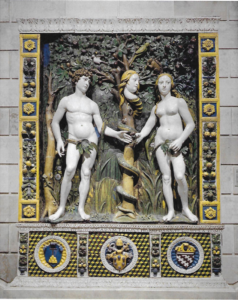

 Further, there may indeed be a hint here about how God might be viewed. While admittedly, male images of God predominate in Scripture, female images as well can be found. In
Further, there may indeed be a hint here about how God might be viewed. While admittedly, male images of God predominate in Scripture, female images as well can be found. In 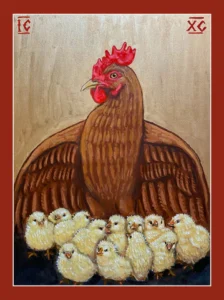
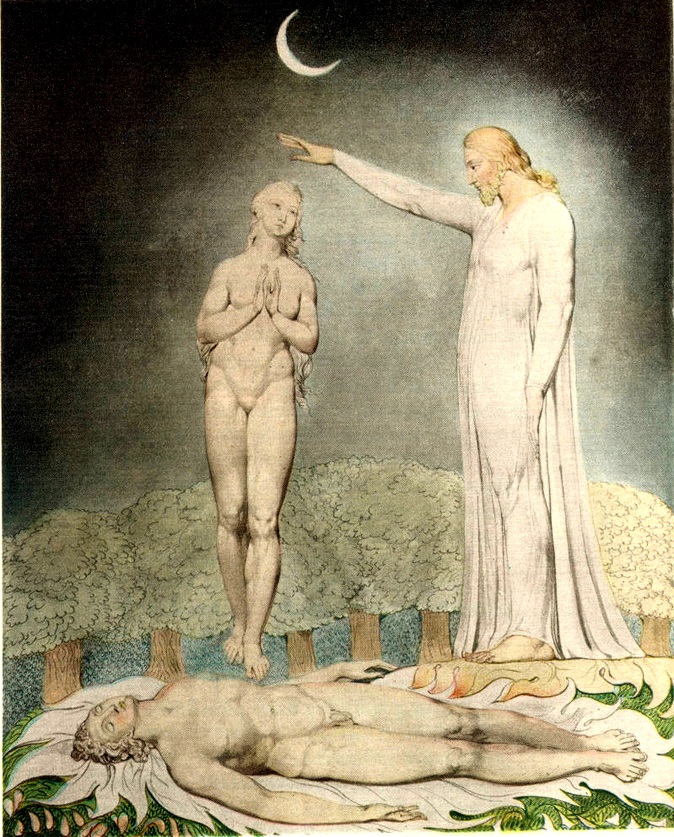



 This was not the first time that Jesus rejected an earthly kingdom. At the very beginning of his ministry, when Jesus was tested in the wilderness:
This was not the first time that Jesus rejected an earthly kingdom. At the very beginning of his ministry, when Jesus was tested in the wilderness: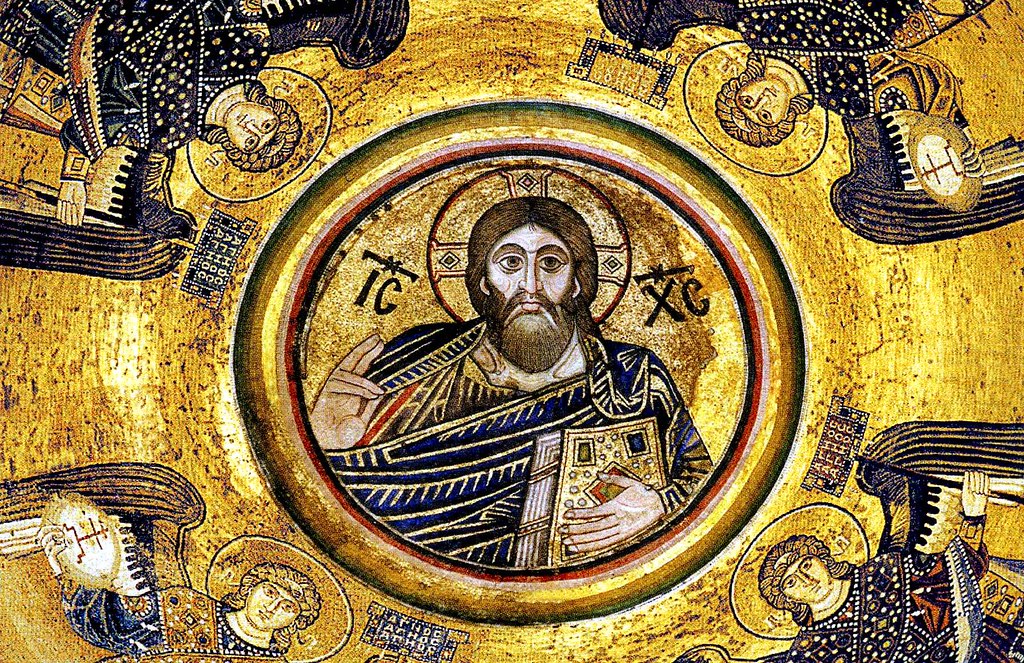




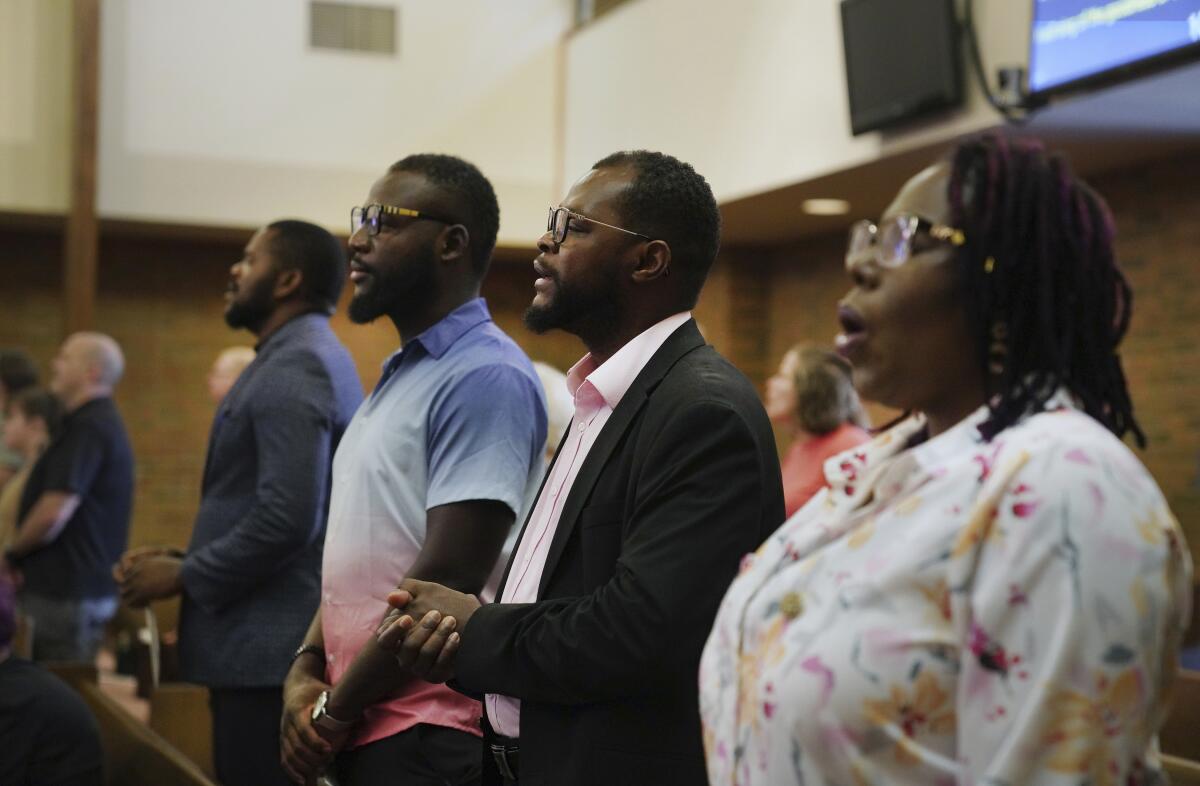

 King Omri (876-869 BCE) was a major player in the history of ancient Palestine. He forged an alliance with the Phoenician king Ethbaal of Tyre, sealing the deal by the marriage of his son Ahab to Ethbaal’s daughter Jezebel, bringing the wealth of the Phoenician sea trade into his kingdom.
King Omri (876-869 BCE) was a major player in the history of ancient Palestine. He forged an alliance with the Phoenician king Ethbaal of Tyre, sealing the deal by the marriage of his son Ahab to Ethbaal’s daughter Jezebel, bringing the wealth of the Phoenician sea trade into his kingdom.

 In the wake of this attack, our national confidence was shaken; our naivete was lost. But unfortunately, it was all too easy for us to learn the wrong lessons. At the time, in
In the wake of this attack, our national confidence was shaken; our naivete was lost. But unfortunately, it was all too easy for us to learn the wrong lessons. At the time, in 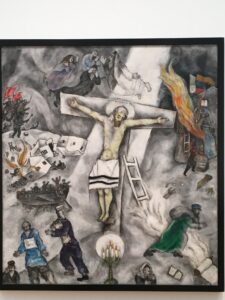


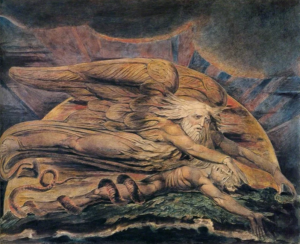
 Since the assassination attempt against candidate Donald Trump which left
Since the assassination attempt against candidate Donald Trump which left 











